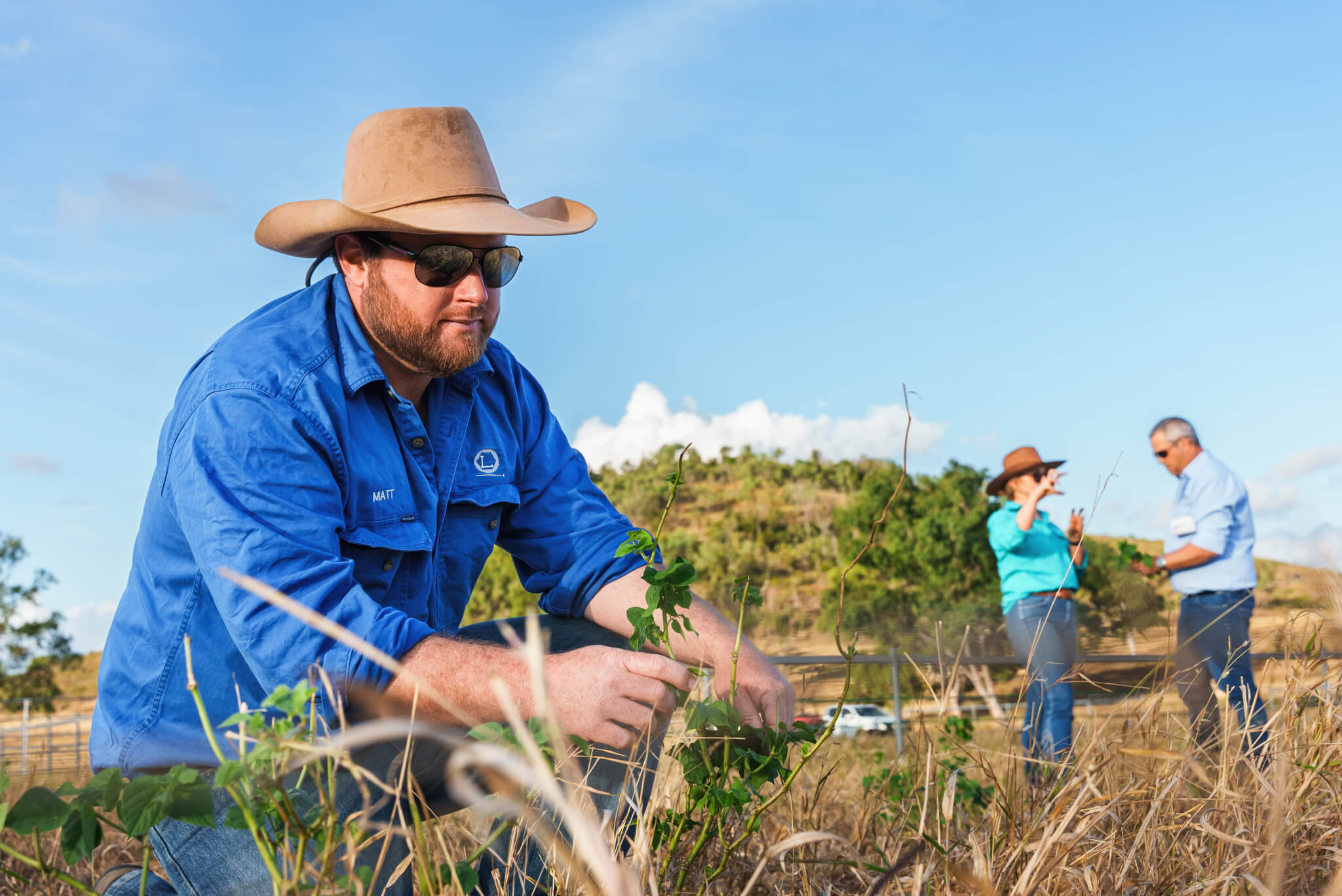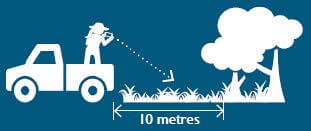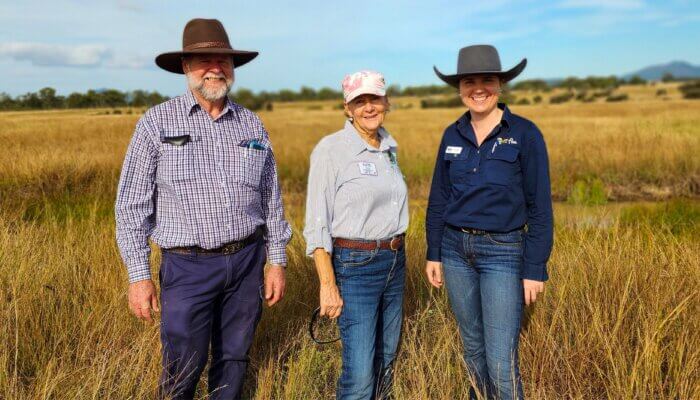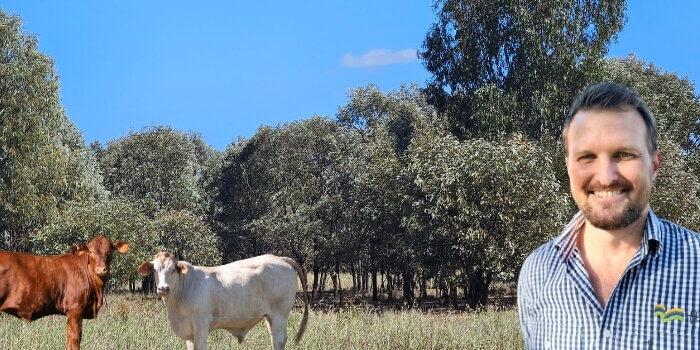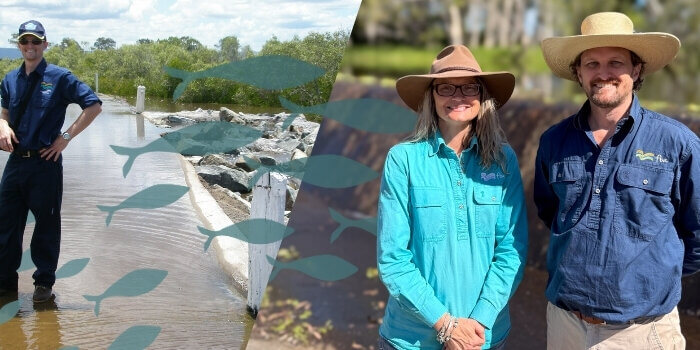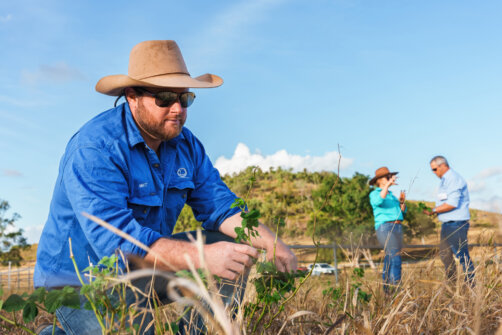
Land Management Plans|Fitzroy Region – What it means? and Why is it important.
Posted on April 1st, 2024
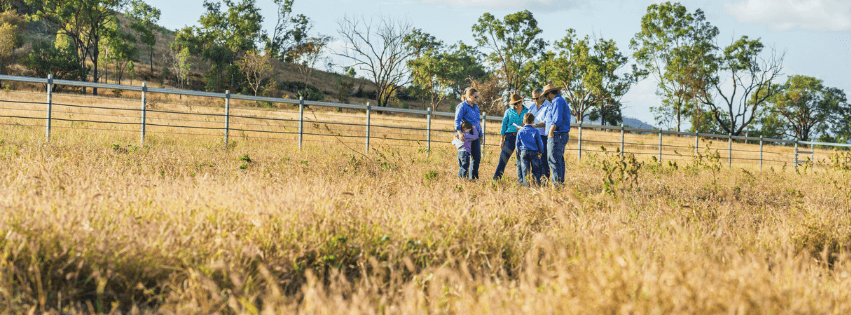
What is the meaning of Land Management ?
Land management refers to the strategic process by which land is utlised and maintained to achieve specific land use outcomes. Land management encompasses various practices and techniques aimed at optimising land resources, ensuring sustainability and balancing both the environmental, economic and
Land management refers to the strategic process by which land is utlised and maintained to achieve specific land use outcomes. Land management encompasses various practices and techniques aimed at optimising land resources, ensuring sustainability and balancing both the environmental, economic and social needs.
Effective land management requires collaboration and coordination among its various land management stakeholders, this can include but is not limited to government agencies, private landowners, indigenous communities, conservation organisations and local communities.
Land management is broken into; land management planning, land management administration and the execution of land management strategies.
Successful land management allows individuals and organisations to make informed decisions regarding the use of land for purposes such as agriculture, conservation, urban development or recreation. All while considering the long-term impact on the ecosystem and local communities.
How Can A Land Management Plan Help Me?
As a land manager, your livelihood depends on your ability to manage your business in a way that maximises profit while aligning with your goals and being sustainable into the future.
This rule of thumb highlights the importance of looking at the bigger picture and putting a plan in place that will guide your land management plan in the Fitzroy Region and highlight practices that allow you to track the results of changes you implement.
Embracing the opportunity – A GRASS project
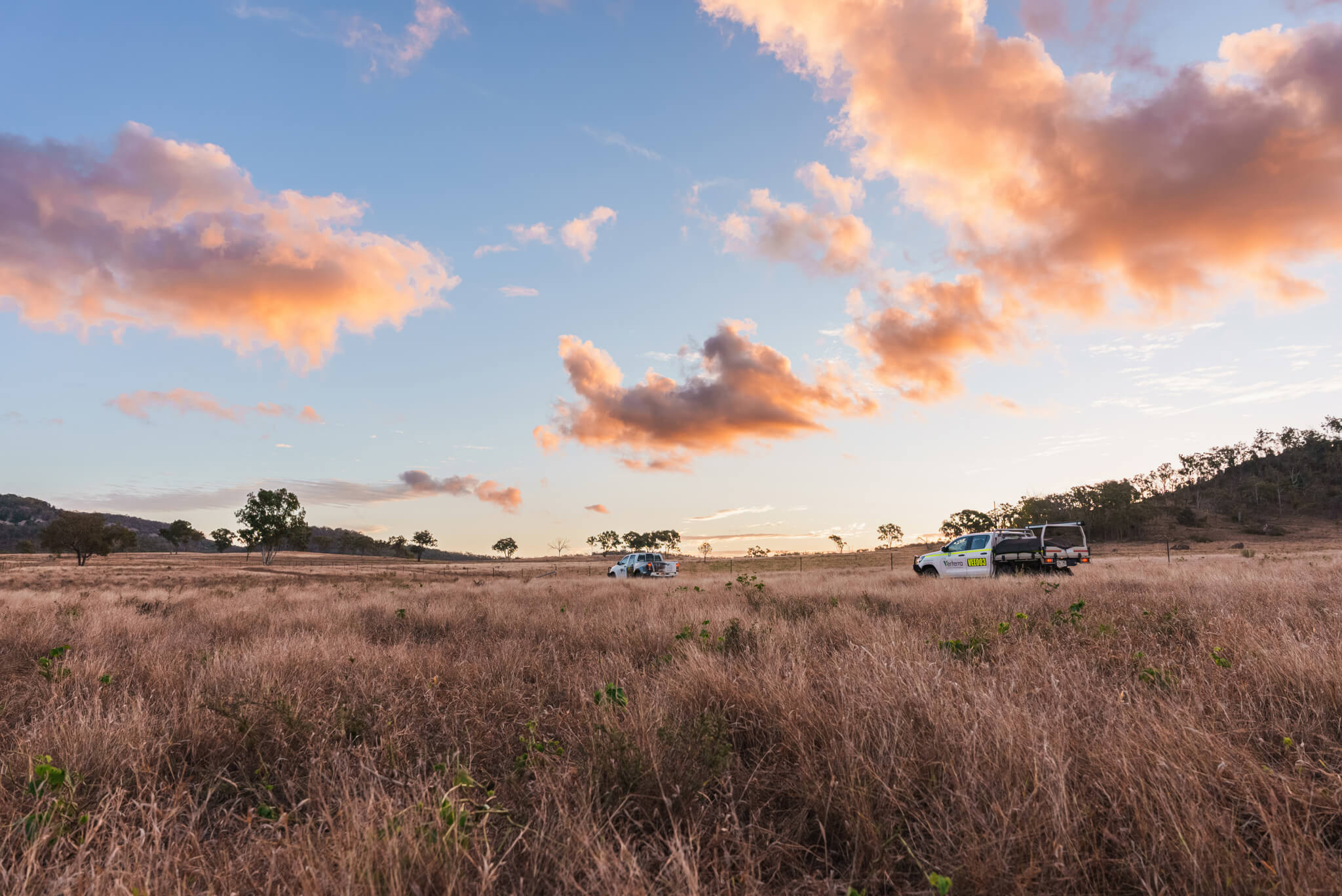
Land Management Plans | Fitzroy Region
To start on your own Land Management plan in the Fitzroy Region Contact Us
What are the functions of Land Management?
When it comes to land management there are several key functions that need to be ensured to help maintain sustainable use of the land while continuing to balance the economical, environmental and social needs. Below we look at each of the functions and provide a brief explanation.
- Resource Allocation and Planning: Land management involves determining the most appropriate use of land based on its characteristics and potential. This includes urban planning, agricultural development, conservation efforts, and infrastructure projects.
- Sustainability and Environmental Protection: Effective land management ensures the protection of ecosystems and natural resources, promoting practices that minimize environmental degradation, soil erosion, deforestation, and loss of biodiversity. This often involves setting aside land for conservation or encouraging sustainable farming techniques.
- Land Use Regulation: Land management includes enforcing policies, zoning laws, and regulations that dictate how land can be used. This is crucial in balancing competing interests, such as development versus conservation, while ensuring legal compliance.
- Economic Development: Land management plays a key role in facilitating economic growth by designating areas for commercial, industrial, and residential development. Properly managed land can attract investment, increase property values, and create jobs.
- Cultural and Heritage Preservation: In certain areas, land management also involves protecting sites of historical or cultural significance. This ensures that land with cultural heritage value is preserved for future generations and respected during development.
- Community Involvement and Social Equity: Effective land management seeks to involve local communities in decision-making processes to ensure that land use benefits a wide range of stakeholders. This includes equitable access to resources, public spaces, and housing.
- Mitigating Natural Disasters: Land management strategies can help mitigate the risks of natural disasters such as floods, landslides, and droughts by ensuring that land is used in ways that reduce vulnerability, such as by protecting wetlands, forests, and natural drainage systems.
- Infrastructure and Utility Management: Land management ensures that essential infrastructure, such as roads, utilities, and public facilities, is developed in a manner that serves the community efficiently and sustainably.
- Monitoring and Adaptation: A key function of land management is to monitor the effects of land use and adapt strategies to changing environmental, social, or economic conditions. This helps ensure the long-term viability of the land.
These functions are interconnected, with the goal of achieving a balance between development, conservation, and social welfare.
Learn more about how Land Management in the Fitzroy Region can help you
FBA has many resources that can help you get started on your own land management journey, take a look at some of the land owners we have helped with over the years.





